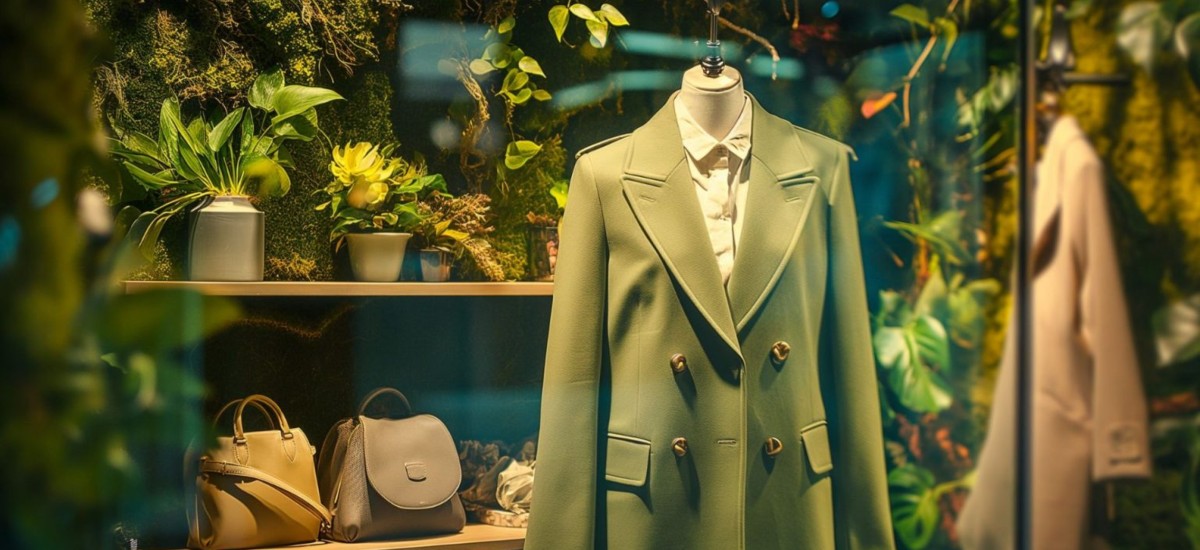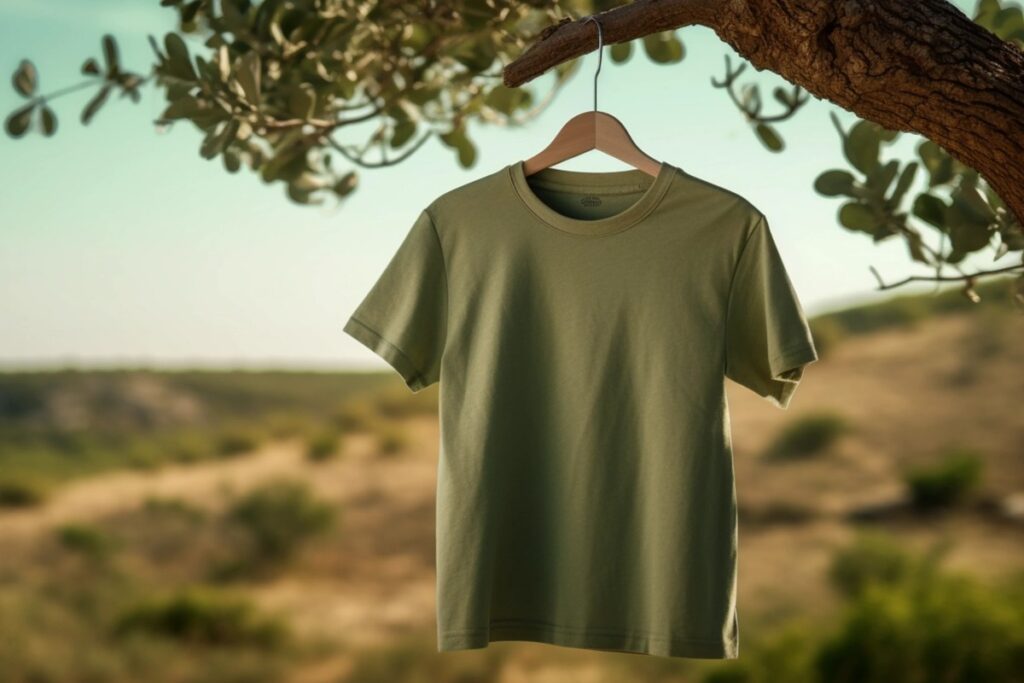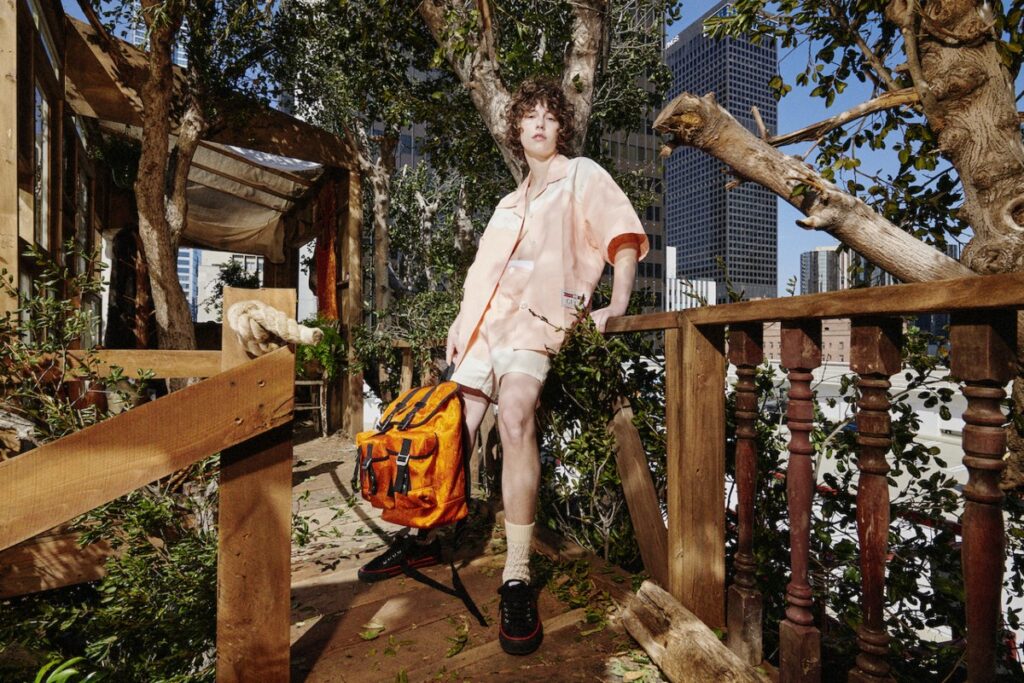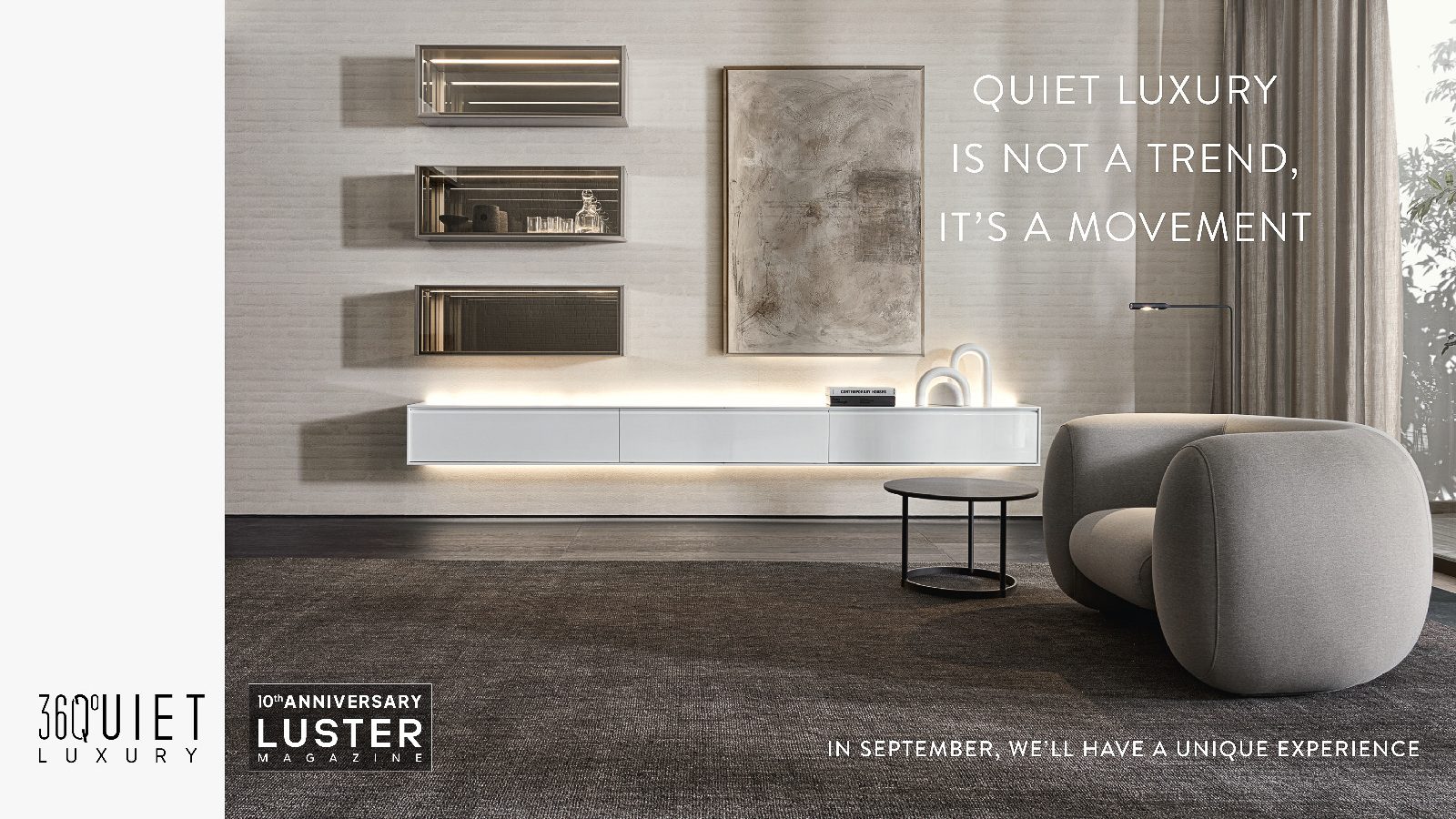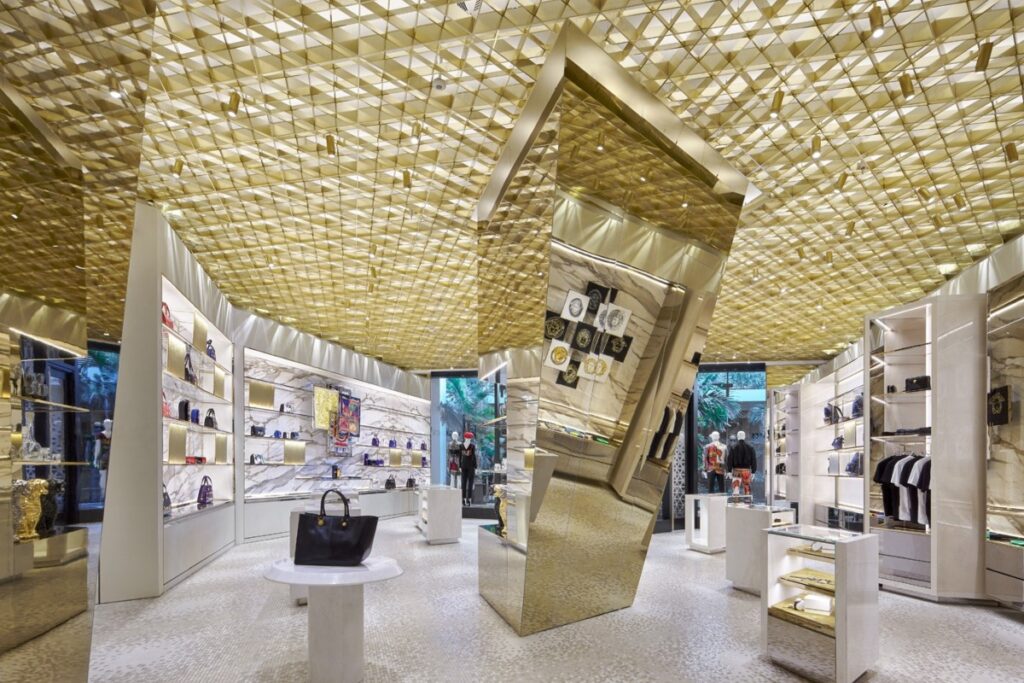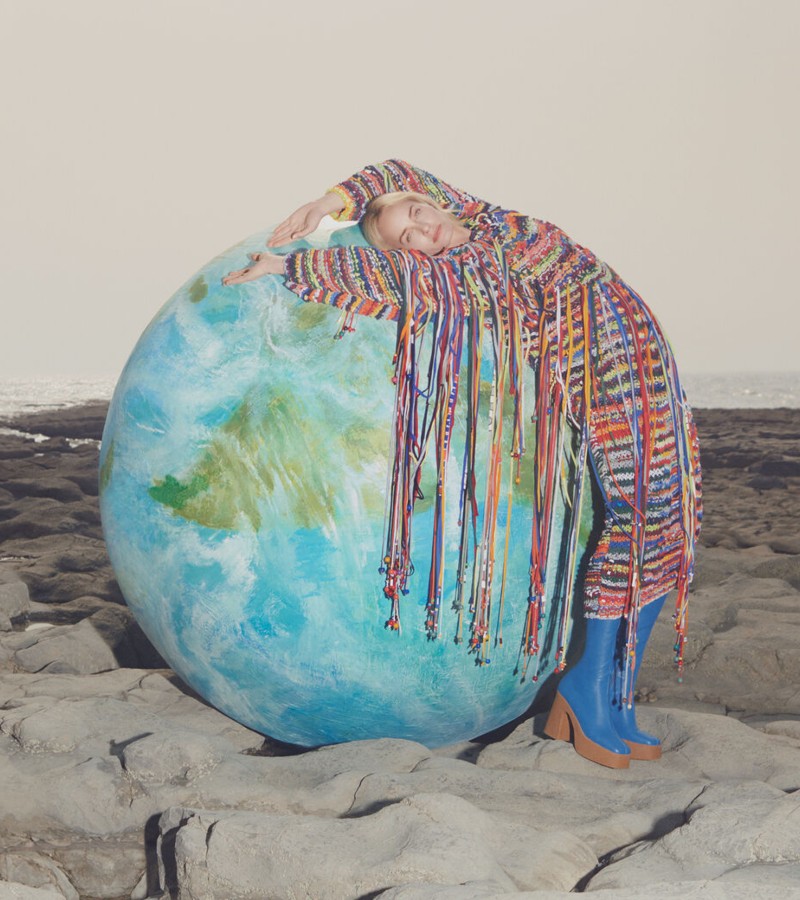From using innovative materials and reducing waste to championing cruelty-free designs, these trailblazers are setting new standards for the industry. Sustainable luxury is no longer a niche concept—it has become an integral part of redefining what it means to create and consume in a way that respects the planet and its people.
As consumer demand for ethical practices grows, luxury brands are rethinking traditional processes and embracing sustainability at their core. Whether it’s Gucci’s zero-waste program, Versace’s commitment to eliminating animal fur, or Stella McCartney’s cruelty-free ethos, these companies are demonstrating how sustainable luxury can be both aspirational and impactful.

